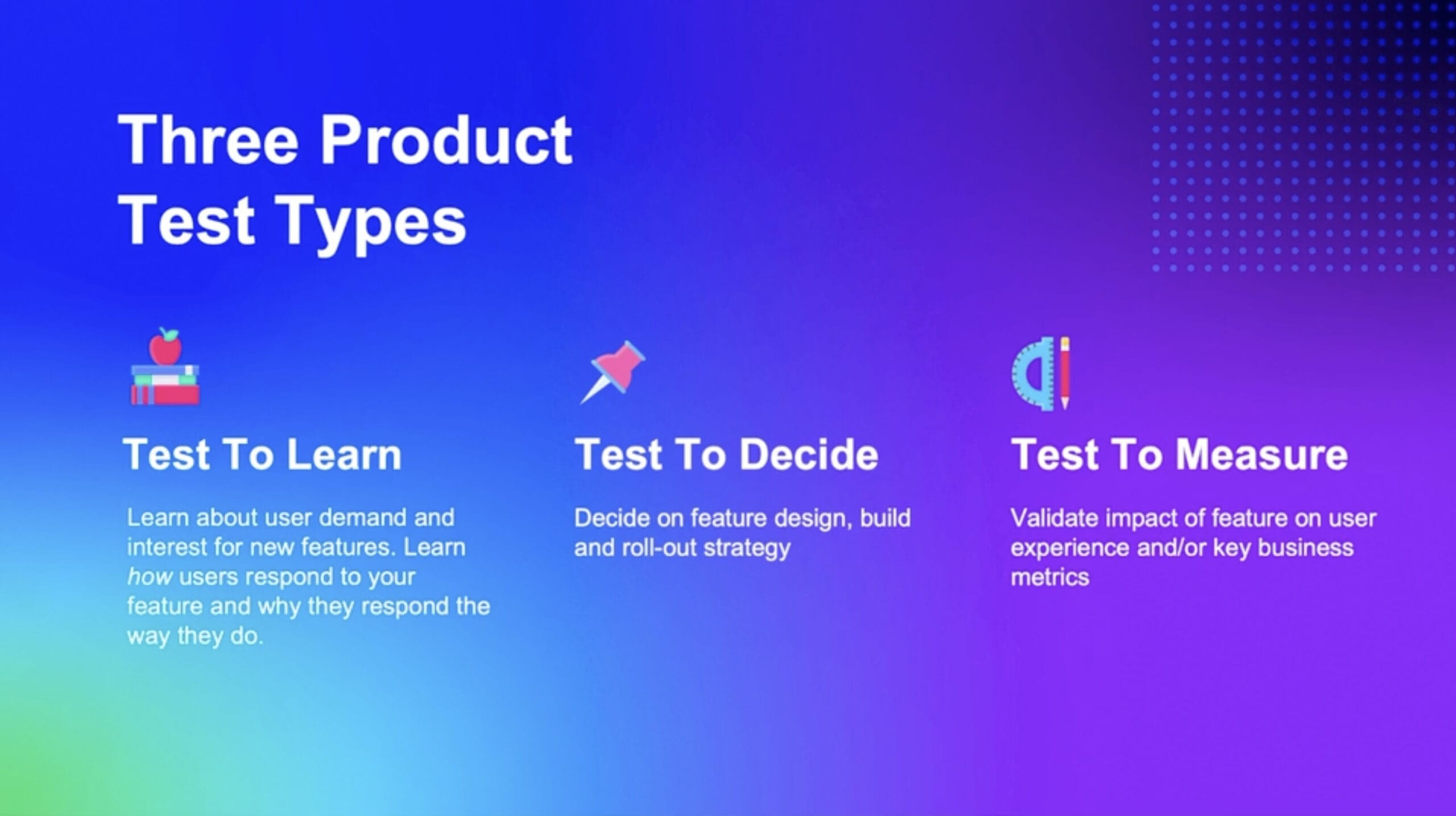In this illuminating talk from Mind the Product London 2017, Teresa Torres shares her opportunity solution tree – a visual aid that can help you find the best place to focus your team’s energies, whilst ensuring you consider enough opportunities. Opportunity solution trees also bring transparency to the process and get the whole team to buy into the decisions being made and the solutions being tested.

Forget about Ideas
Generating ideas is easy. Falling in love with them is even easier. When this happens, there’s no reflection or analysis on whether the idea is any good, we just plough on with it. It also means that we don’t consider enough ideas, and invariably ends up meaning that we don’t come up with the best idea.
Rather than asking if an idea is good or not – we should be looking to compare and contrast different ideas. Good is a relative term and has to be treated as such if teams want to make progress and genuinely collaborate.
We’ve all been to brainstorming sessions, convinced that our idea is correct – and watched as others have done the same. The key difference between experts and novices, is their mental representations of information – an expert will have a richer amount of data. Good product teams make decisions based on their combined mental representations, rather than an individual’s – making the most of their collective brain power rather than an individual’s.

Focus on Opportunities
In order to make this happen, rather than jump to solutions, you need to look at opportunities first. These should be generated directly from users themselves. These opportunities will be on a range of specific to broader ideas – and can be difficult to prioritise because it’s not comparing like to like.
In order to tackle this, you have to map all the needs against and in relation to one another. In order to fully represent the complexity of the situation, you need to combine more than is comfortable. Once you do though, you’ll be able to prioritise the needs and opportunities of your customers, rather than who has the best idea.

Teresa Torres’ Opportunity Solution Tree
Lots of solutions which address lots of needs makes for a shallow product that doesn’t meet any need effectively. A key role of product managers is to decide which of these needs and solutions are worth focusing on, so that you can get to the better ideas past the first one or two. You need to work through the obvious ideas to get to something genuinely innovative around a particular opportunity. Teresa’s Opportunity Solution Tree is a visual way to openly illustrate all these opportunities, solutions and experiments.

It’s a Team Effort
It is the responsibility of the whole team to catch people making “whether or not” decisions rather than comparative calls and bring it up. If there’s not another idea on the table, then something is wrong and it needs to be addressed.
By being transparent in the opportunities you are exploring, you will bring your whole team into the process. This means that everyone gets involved and buys into the solutions being tested. It gives you the best possible chance of reaching the innovative solutions which occur when everyone can contribute their perspective.







Comments 1